Sangiovese and Pinot Noir are two highly regarded grape varieties that have gained popularity for their distinctive flavors and characteristics in the world of wine. As red wine aficionados continue to embrace their unique qualities, it becomes crucial to understand the distinctions that set them apart. This comparison aims to highlight the origins, features, and differences between Sangiovese and Pinot Noir, enabling enthusiasts to make informed decisions when choosing between the two.
With roots deeply embedded in Italian and French viticulture, respectively, Sangiovese and Pinot Noir have evolved over centuries to establish their respected positions within the wine industry. While Sangiovese predominantly flourishes in Italy’s Tuscany region, contributing to iconic wines such as Chianti and Brunello di Montalcino, Pinot Noir holds its own in the esteemed vineyards of Burgundy, also making its mark in regions like Oregon and California. Becoming familiar with the origins and features of these exquisite grape varieties paves the way for a comprehensive comparative analysis.
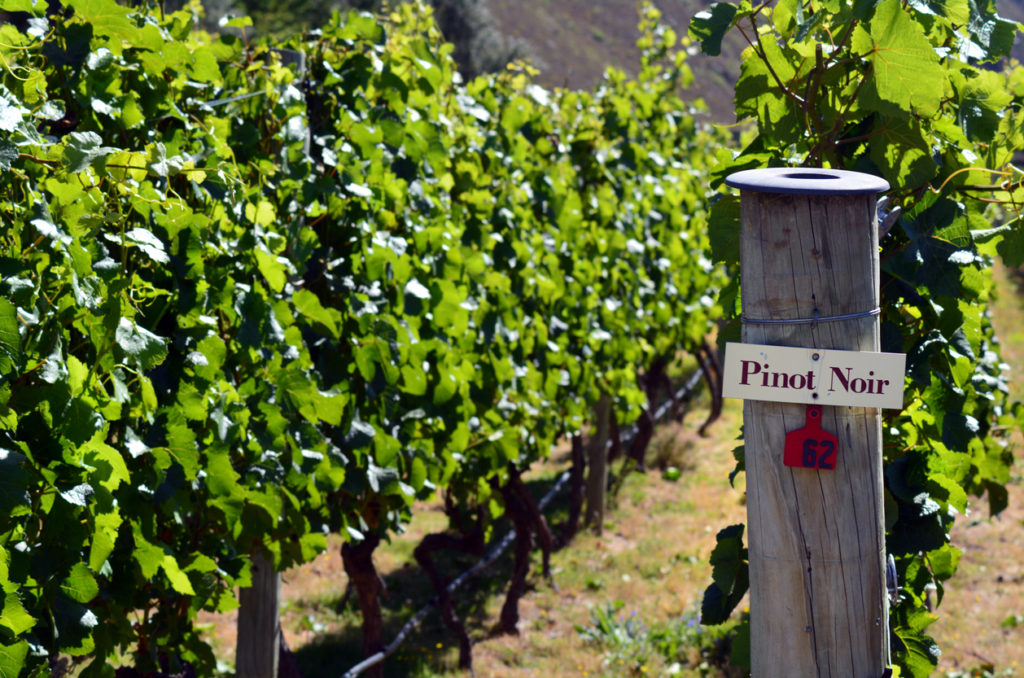
Key Takeaways
- Sangiovese and Pinot Noir are distinctive red grape varieties with strong historical ties to Italy and France.
- Both grape types exhibit unique features, determining the flavor profiles and complexities of the wines they produce.
- A comparative analysis aids in identifying and appreciating the fundamental differences between Sangiovese and Pinot Noir wines.
Origin and History of Sangiovese
Historical Roots
Sangiovese, one of Italy’s most popular red grape varieties, dates back to the time of the Etruscans and has a long and intriguing history. It is believed to be a natural cross between Ciliegiolo and Calabrese Montenuovo, two ancient grape varieties. The name Sangiovese is derived from the Latin words “Sanguis Jovis,” which translates to “Blood of Jupiter,” indicating the grape’s historical significance.

Over the centuries, Sangiovese evolved and expanded throughout the Italian peninsula. It gained widespread popularity in the 17th and 18th centuries when it became a key component of the famous Chianti wine blend, which it remains to this day.
Geographical Origin
Sangiovese primarily hails from the regions of Tuscany, Umbria, and Emilia-Romagna in central Italy. Within these regions, there are several sub-varieties of Sangiovese, each with its own unique characteristics and attributes:
- Sangiovese Grosso: Found mainly in Tuscany, this sub-variety is used to produce high-quality wines such as Brunello di Montalcino, Vino Nobile di Montepulciano, and some Super Tuscan wines.
- Sangiovese Piccolo: A smaller-berried sub-variety predominantly grown in the Emilia-Romagna region, known for producing lighter wines.

Despite its Italian roots, Sangiovese has successfully spread across the globe and can now be found in vineyards as far away as California, Australia, and Argentina. Its adaptability and versatility have allowed it to thrive in various climates and soil types, earning it a well-deserved place among the world’s finest wine grapes.
Features of Sangiovese
Taste Profile
Sangiovese is an Italian red grape variety, primarily produced in Tuscany. The taste profile of this grape is typically characterized by its bright acidity and pronounced tannins. It exhibits flavors of red cherry, plum, tobacco, and earthy spices. Sangiovese wines often have a medium to full body, with a savory and rustic character.

Food Pairing
The high acidity and firm tannins in Sangiovese make it an excellent companion for a variety of foods. Its ability to cut through rich and fatty dishes makes it a popular choice for pairing with classic Italian cuisine. Some of the best food pairings for Sangiovese include:
- Tomato-based pasta dishes, like spaghetti Bolognese or lasagna
- Grilled or roast meats, such as steak, lamb, or pork
- Mushroom-based dishes, like risotto or stuffed mushrooms
- Aged cheeses, like Parmesan, Pecorino, or Asiago
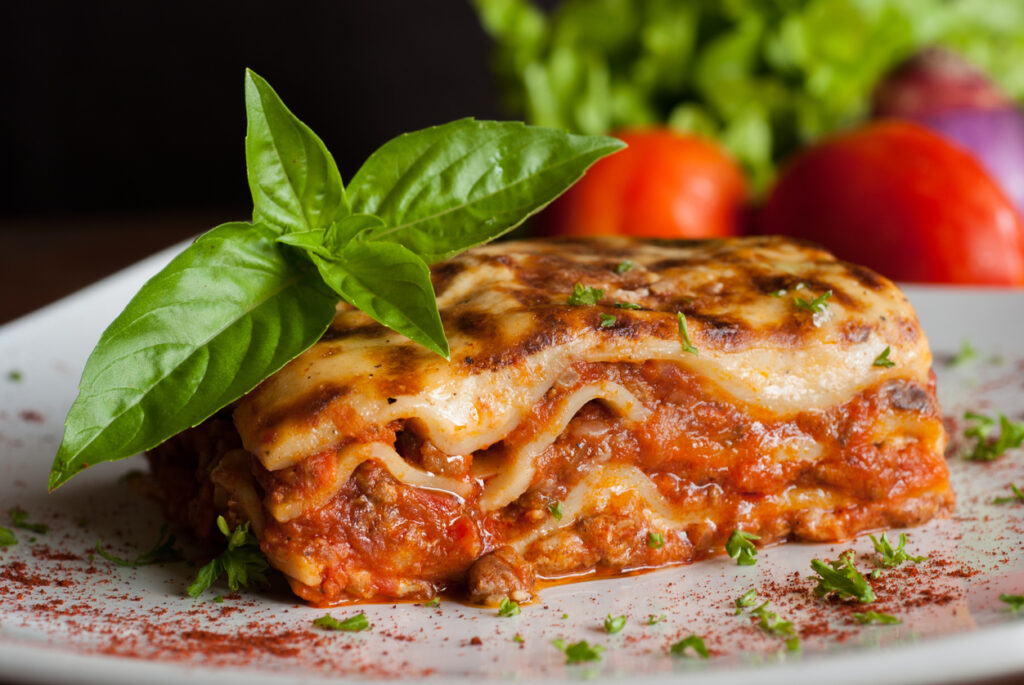
Aging Potential
Sangiovese has good aging potential, depending on the quality of the grapes and winemaking techniques used. Most Sangiovese wines benefit from at least three to five years of aging to allow the tannins to soften and the flavors to mature. However, high-quality wines like Brunello di Montalcino or Chianti Classico Riserva can age gracefully for 10-20 years or more.

While aging, Sangiovese wines develop complex aromas and flavors, including dried fruit, leather, and earthy notes. It is essential to store these wines in proper conditions, including consistent temperature and humidity levels, to ensure their longevity and enhance their unique characteristics.
Origin and History of Pinot Noir
Historical Journey
Pinot Noir is a red grape variety that has been cultivated since ancient times. Its earliest known records date back to the first century AD, referenced in the writings of Roman scholar Pliny the Elder. Pinot Noir has a long and storied history, evolving and spreading across various regions over time.

During the Middle Ages, monks in Burgundy, France began to perfect the art of viticulture and winemaking, playing a significant role in Pinot Noir’s development. Today, Burgundy remains one of the most prestigious regions for this grape, producing highly sought-after wines.
In the 19th and 20th centuries, Pinot Noir started to gain popularity in other wine-producing regions around the world. Notable examples include the United States, New Zealand, Australia, and Germany, each developing unique styles and characteristics.

Geographical Origin
Pinot Noir is believed to have originated in the Burgundy region of eastern France. This region’s cool climate and diverse terroir create the perfect conditions for growing Pinot Noir grapes, allowing them to reach their full potential and showcase a wide range of complex flavors.

The grape has thrived in several other regions across the globe, such as:
- Oregon, United States: The cool Willamette Valley is renowned for comparable climatic conditions to Burgundy, producing elegant and fruit-forward Pinot Noirs.
- California, United States: In cooler coastal areas like Sonoma, Monterey, and Santa Barbara, California Pinot Noirs offer a mix of fruit intensity and earthiness.
- New Zealand: The country’s cooler regions, such as Marlborough and Central Otago, are producing exceptional examples of Pinot Noir with bright fruit flavors and herbal notes.
- Germany: Known as Spätburgunder in German, this grape variety thrives in regions like Ahr, Baden, and Pfalz, producing elegant and refined wines with red fruit and earthy notes.

Features of Pinot Noir
Taste Profile
Pinot Noir is known for its delicate, yet complex flavor profile. This red grape variety typically has a light to medium body with a smooth texture. It possesses fruity notes, such as cherry or raspberry, along with earthy undertones, like mushroom or truffle. Pinot Noir also frequently displays hints of spices, such as cinnamon, nutmeg, or clove. Its acidity tends to be higher, which contributes to its lively and refreshing character.

Food Pairing
Pinot Noir has a versatile nature that allows it to pair well with a variety of foods. Its acidity and balance of flavors make it an ideal companion for dishes like:
- Grilled salmon or tuna
- Roast chicken or turkey
- Duck breast or confit
- Mushroom-based recipes
- Mildly spiced Asian cuisine
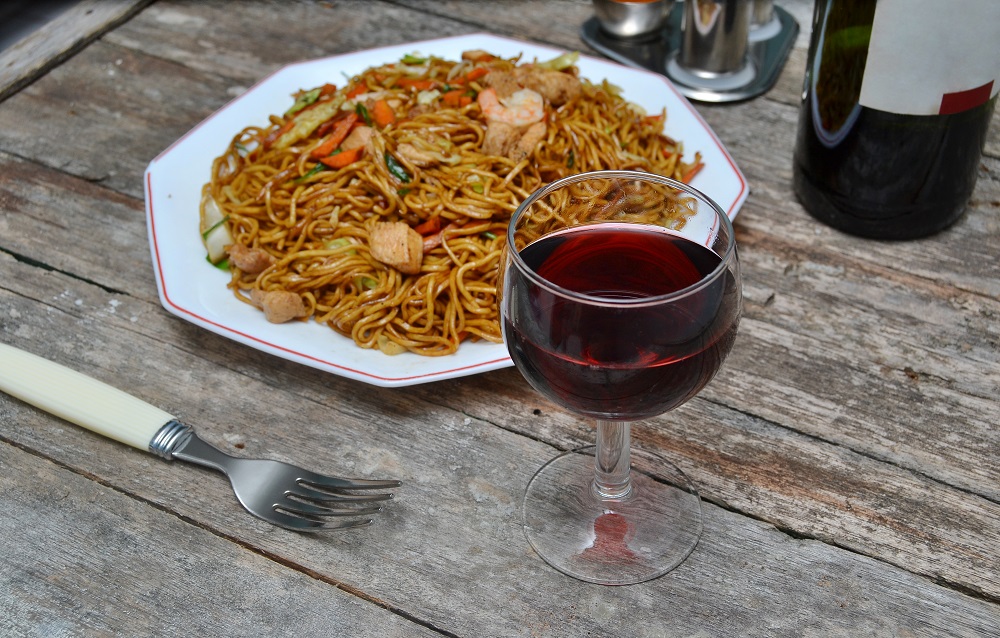
Moreover, its delicate nature permits it to complement dishes that are not typically paired with red wines, such as salads, soft cheeses, or even sushi.
Aging Capability
Due to its light body and tannin structure, Pinot Noir does not have the same aging potential as bolder red varieties, such as Cabernet Sauvignon or Sangiovese. However, some high-quality Pinot Noirs can age well for up to a decade or more. Generally, aging Pinot Noir allows its complexity to develop further, revealing earthy and tertiary notes that enhance its overall elegance. Nevertheless, it is advised to consume most Pinot Noir wines within three to five years of release to enjoy their fresh and fruit-forward attributes.

Sangiovese vs Pinot Noir: A Comparative Analysis
Taste Comparison
Sangiovese and Pinot Noir are both red grape varieties, but their taste profiles differ significantly. Sangiovese, hailing from Italy, is known for its high acidity and firm tannins, giving it a tart, cherry-like flavor with earthy and herbaceous undertones. Pinot Noir, originating from France, has a more delicate and subtle profile, characterized by lower tannins and medium acidity. It exhibits flavors of red fruits, such as strawberries and raspberries, complemented by earthy notes and hints of spice.
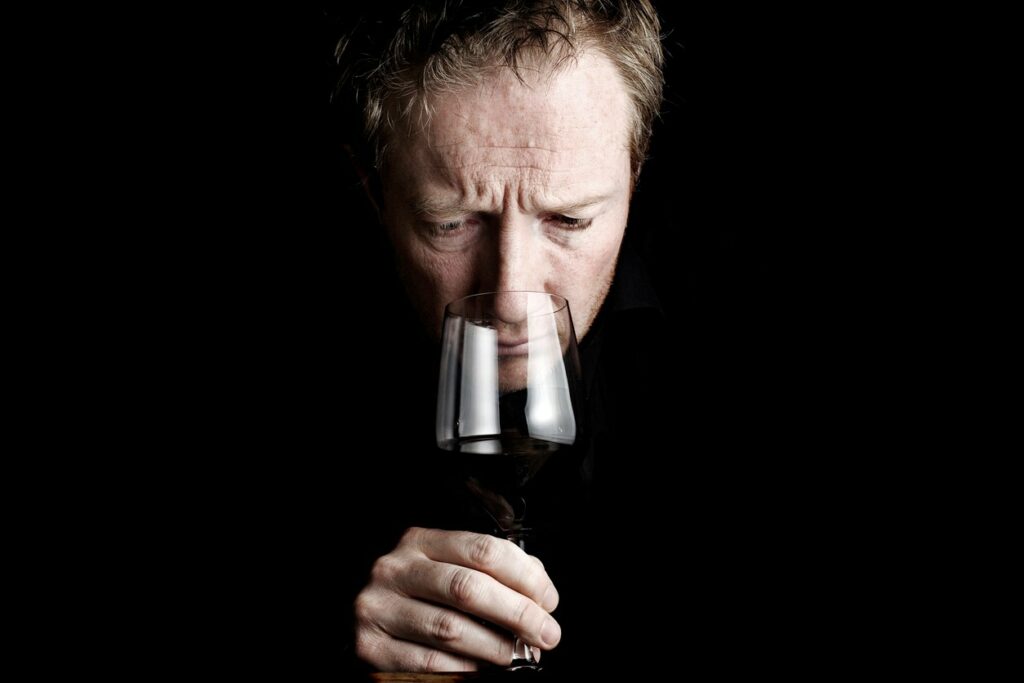
Food Pairing Comparison
Both Sangiovese and Pinot Noir are versatile when it comes to food pairing, but they shine with different types of dishes.
For Sangiovese, ideal food pairings include:
- Tomato-based dishes: Think pasta, pizza, and Italian-inspired stews.
- Grilled meats: Pair it with steak, sausages, or lamb chops.
- Hard, aged cheeses: Pecorino, parmesan, and asiago complement Sangiovese’s bold flavors.

Pinot Noir, on the other hand, pairs well with:
- Delicate proteins: Its subtlety shines with poultry, fish, and shellfish.
- Earthy vegetables: Enhance Pinot Noir with foods like mushrooms, beets, or truffle-infused dishes.
- Soft, creamy cheeses: Brie, camembert, and goat cheese are great matches.

Aging Comparison
Sangiovese and Pinot Noir have different aging potentials, which can impact their taste and value.
| Grape Variety | Aging Potential |
| Sangiovese | 4-10+ years |
| Pinot Noir | 4-8 years |
Sangiovese’s high acidity and tannins often allow it to age for longer periods, developing complex flavors over time. Sangiovese-based wines, such as Chianti Classico Riserva or Brunello di Montalcino, can age for a decade or more, while simpler expressions of the grape can age up to five years.
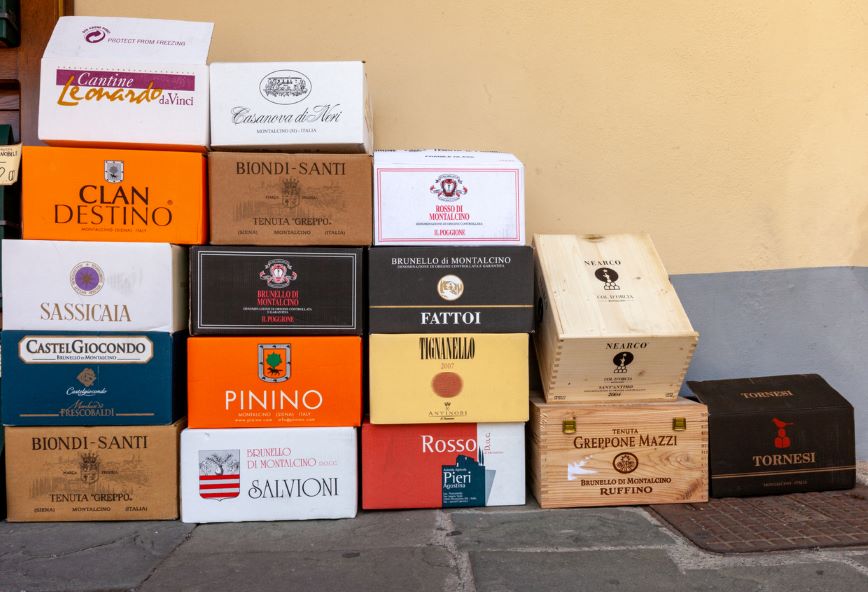
Pinot Noir, being more delicate and sensitive, has a shorter aging window. Its subtler structure means that most Pinot Noirs should be consumed within four to eight years, though higher-quality, well-crafted examples may age gracefully for a decade or longer.
Choosing Between Sangiovese and Pinot Noir
Occasion Based Selection
When deciding between Sangiovese and Pinot Noir, consider the occasion. For a light and easy-drinking wine, Pinot Noir is an excellent choice, as it often has a smoother and more delicate taste compared to Sangiovese. Pinot Noir pairs well with a variety of dishes, making it a versatile option for a dinner party or casual gathering.
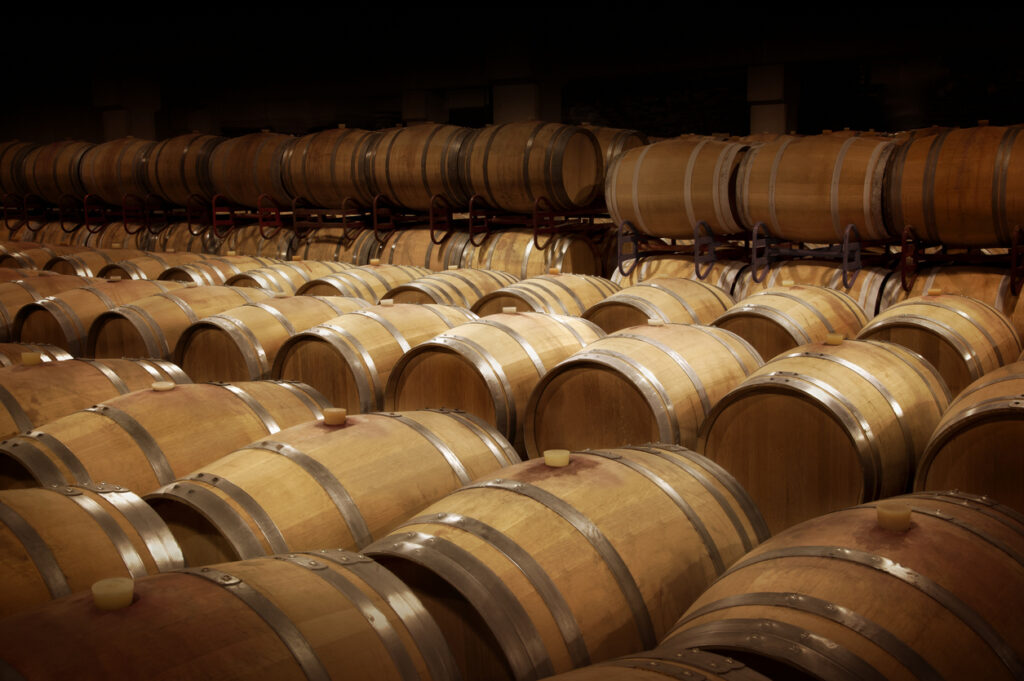
On the other hand, Sangiovese, with its bold, fruity flavors and higher tannins, is an ideal choice for pairing with robust and hearty dishes like pasta with rich tomato sauces, grilled meats, or aged cheeses. Sangiovese can also be more suitable for a formal dinner or gathering due to its more complex flavor profile.
Personal Preference
When selecting between Sangiovese and Pinot Noir, personal preferences also play a crucial role. Some people prefer the spicier, more structured profile of Sangiovese wines, as they often have notes of black cherry, plum, and spice, along with good acidity.
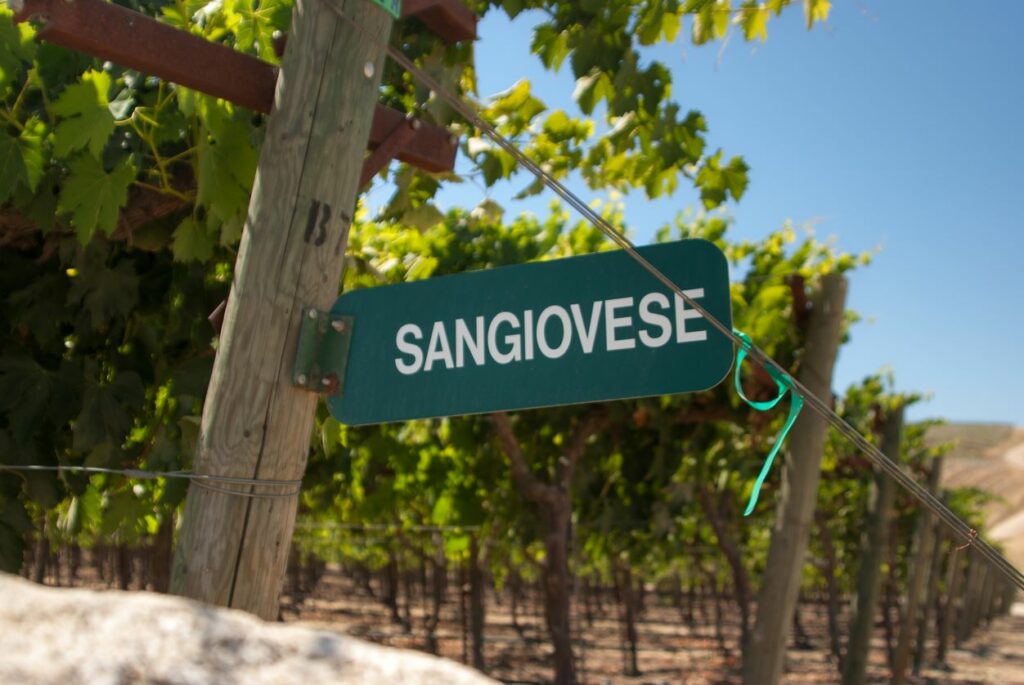
However, others may be drawn to the more subtle, elegant flavors of Pinot Noir, which typically exhibits strawberry, cherry, and earthy undertones. Pinot Noir generally has softer tannins and a lighter body, which can be more appealing to those who enjoy a more delicate wine.
Taste Preferences
| Characteristic | Sangiovese | Pinot Noir |
| Flavor Profile | Bold, fruity, spicy | Subtle, elegant, earthy |
| Body | Medium to Full | Light to Medium |
| Tannins | Moderate to High | Low to Moderate |
| Acidity | High | Moderate to High |
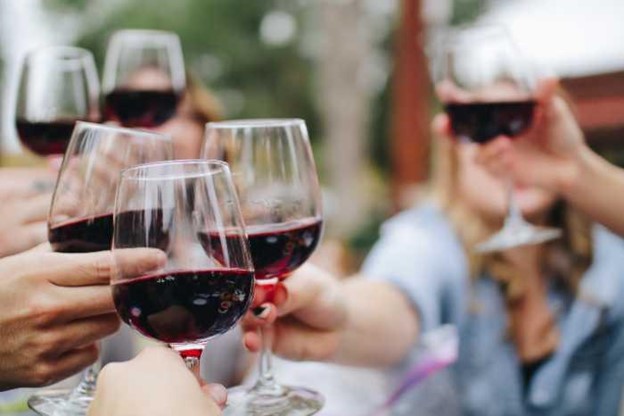
Ultimately, the choice between Sangiovese and Pinot Noir will depend on individual preferences and the specific requirements of the occasion. Experiment with both wines to discover which one resonates the most with your palate and enhances your overall experience.
Conclusion
In comparing Sangiovese and Pinot Noir, both wines offer distinct characteristics that appeal to different palates. Sangiovese, originating from Italy, is known for its high acidity and prominent tannins. This wine typically features flavors of red fruit, such as cherry and strawberry, along with earthy and herbal undertones.

On the other hand, Pinot Noir, primarily cultivated in France, showcases a smoother, lighter structure with lower tannins. Its flavor profile consists of red fruit notes as well, but with more emphasis on raspberry and cranberry. The taste of Pinot Noir can also be influenced by its terroir, leading to variations in the flavors and aromas.
When looking to pair these wines with food, Sangiovese matches well with tomato-based dishes and red meat, thanks to its strength in cutting through rich flavors. Pinot Noir, being more delicate, pairs better with lighter fare such as poultry, fish, and dishes with mushroom or earthy elements.
In conclusion, the choice between Sangiovese and Pinot Noir ultimately depends on personal preferences and the foods being served. Both wines have their unique qualities and can enhance the dining experience in their own ways.

